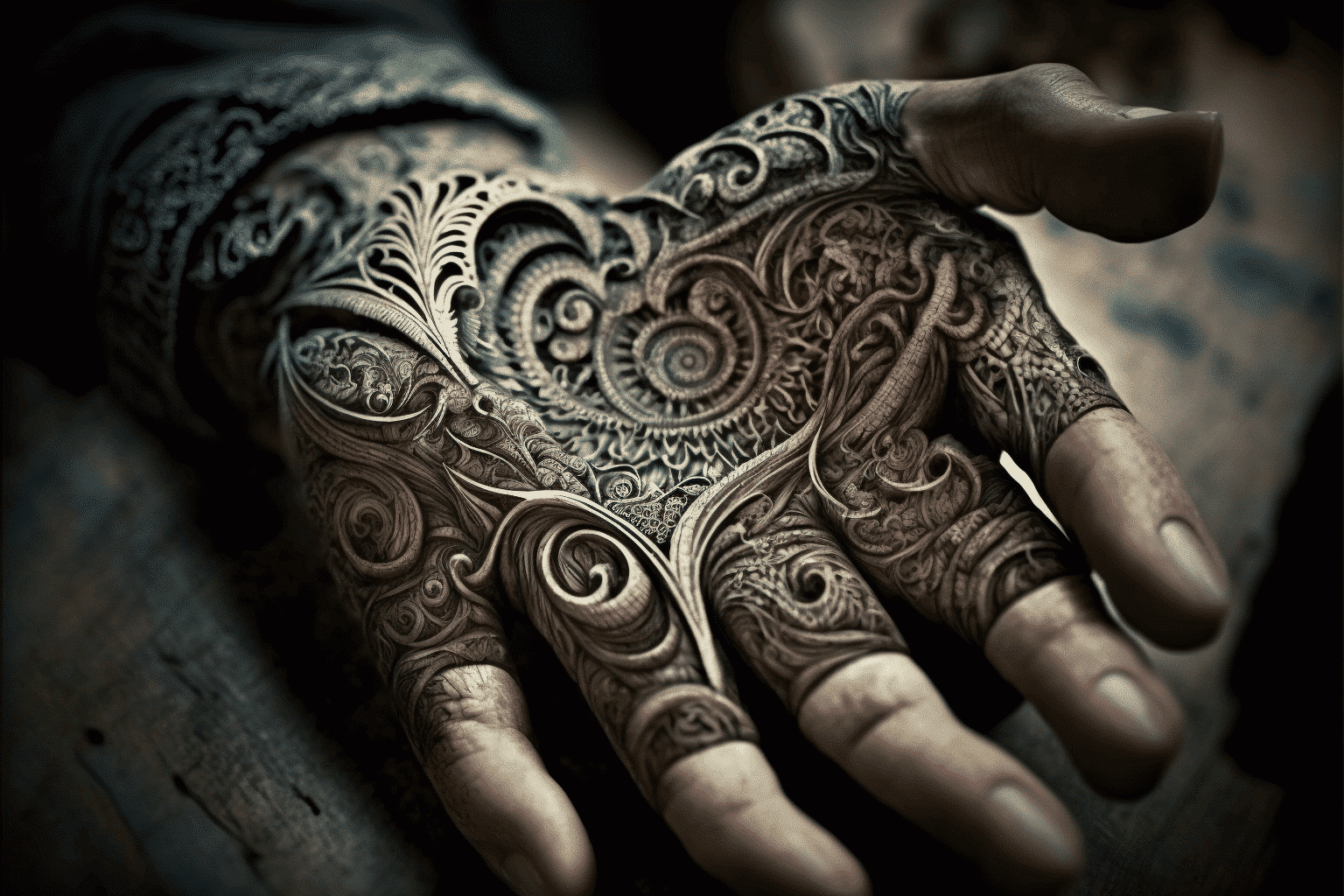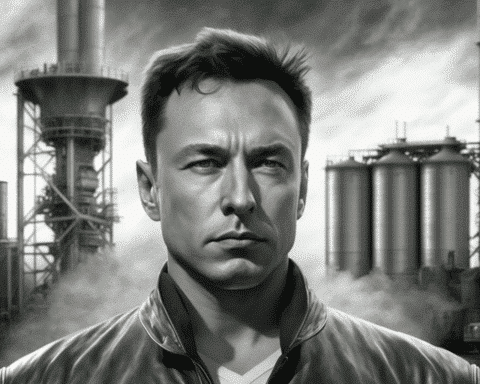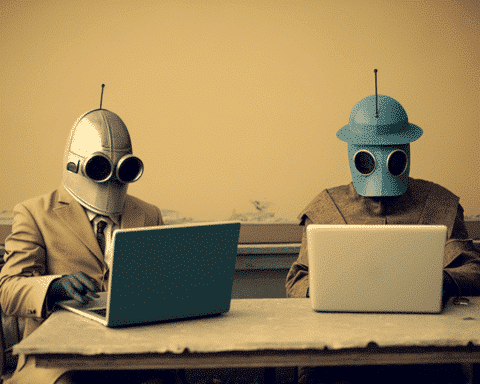Artificial intelligence (AI) has made remarkable progress in recent years in the production of lifelike images of faces and bodies. However, hands still pose a significant challenge for AI image generators, due to their complex anatomy and motion, scarcity of real-world data, difficulties in producing realistic textures and colors, and limitations of current AI technology. In this article, we will delve into the reasons why hands remain a challenge for AI image generators and discuss potential solutions for improving AI hand image generation.
The Complexity of Hand Anatomy and Motion
Hands are complex structures consisting of multiple joints, bones, muscles, and tendons that work together to allow for a wide range of movements and gestures. This complexity makes it challenging for AI algorithms to accurately recreate the appearance and movement of hands in images.
Lack of Real-World Data on Hand Movements
One of the reasons AI image generators have a hard time with hands is that there is not enough data on hand movement. There is relatively little data available on hand movements and gestures compared to faces and bodies, making it challenging for AI algorithms to recreate the appearance and movement of hands accurately.
Challenges in Creating Realistic Hand Textures and Colors
Besides the complex anatomy and the lack of data regarding hand movement, AI image generators also face challenges in creating realistic hand textures and colors. Hands have a wide range of skin tones and textures, making it difficult for AI algorithms to reproduce these accurately. The intricate details of hand anatomy, such as wrinkles, veins, and fingernails, are also challenging to recreate accurately in images.
Challenges in Producing Realistic Hand Motions and Poses
Realistic hand motions and poses are other difficulties that AI image producers encounter when producing images of hands. It is difficult for AI algorithms to duplicate hand motions and positions in a natural and realistic way, as hands can be positioned and moved in a wide variety of ways. It is challenging for AI to construct a particular stance or hand gesture from written descriptions or instructions.
Limitations of Current AI Technology
AI algorithms have made significant progress in generating face and body images but still struggle with hands. The difficulty in reproducing the complexity and detail of hands, limited data available on hand movements and gestures, the complexity of hand anatomy, and challenges in creating realistic textures and colors are factors.
Potential Solutions for Improving AI Hand Image Generation
Despite the difficulties that AI image generators encounter when producing images of hands, there are potential solutions that could increase the accuracy and realism of these images. More data on hand gestures and movements could aid AI algorithms. The advancement of AI algorithms and methods, such as deep learning, could also contribute to improving AI hand image generation. Adding more realistic hand colors and textures to AI image synthesis could also help.
So, hands are a challenging subject for AI image generators due to their complex anatomy and motion, limited real-world data on hand movements, difficulties in creating realistic hand textures and colors, and the limitations of current AI technology. While significant progress has been made in generating images of faces and bodies, hands remain a challenge for AI algorithms. However, there are potential solutions that could increase the accuracy and realism of AI hand images, such as collecting more data on hand gestures and movements, advancing AI algorithms and methods, and incorporating more realistic hand colors and textures into AI image synthesis. As AI technology continues to evolve, it is likely that we will see significant improvements in the realism and accuracy of AI-generated hand images in the near future.




